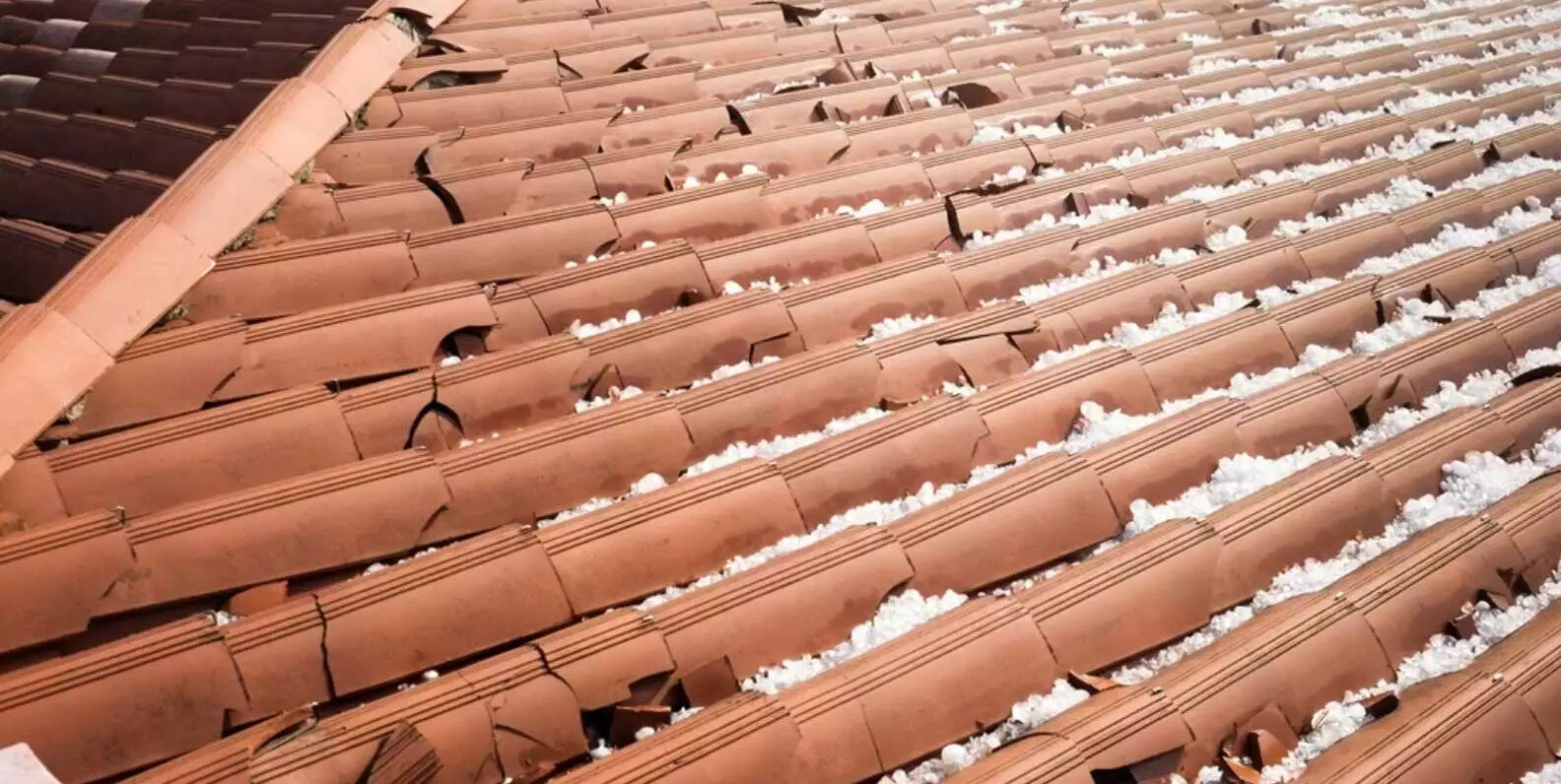

Articles
What Does Roof Hail Damage Look Like
Modified: February 24, 2024
Learn how to identify roof hail damage with this comprehensive guide. Find out what to look for and how to protect your home. Read more on our articles section.
(Many of the links in this article redirect to a specific reviewed product. Your purchase of these products through affiliate links helps to generate commission for Storables.com, at no extra cost. Learn more)
Introduction
Welcome to the world of roof hail damage! If you live in an area prone to hailstorms, you know how destructive they can be. Hailstones can vary in size, ranging from small pebbles to golf balls or even larger. When these icy projectiles rain down on your roof, they can cause significant damage.
But what exactly does roof hail damage look like? How can you identify it? And what steps should you take to address it?
In this article, we will delve into the world of roof hail damage, exploring the visible signs and common types of damage. We will also discuss how to assess the severity of hail damage and the necessary steps to take after discovering it. Additionally, we will touch on the importance of hiring a professional for roof inspection and repair.
Whether you are a homeowner or a business owner, understanding roof hail damage is crucial to ensure the long-term integrity of your property. So, let’s dive in and uncover the secrets of roof hail damage together!
Key Takeaways:
- Promptly address roof hail damage by identifying visible signs like dented shingles and granule loss. Hire a professional for accurate assessment, insurance assistance, and long-term, quality repairs to safeguard your property.
- After discovering hail damage, document it, contact your insurance company, and schedule a professional roof inspection. Prioritize quality and expertise in repair to ensure the long-term integrity of your property.
Read more: What Does Ceiling Water Damage Look Like
Understanding Hail Damage
Before we delve into the visible signs of roof hail damage, it’s essential to understand how hail can affect your roof. Hail damage occurs when hailstones impact the roofing materials, causing various types of harm.
When hailstones strike the roof, they can cause dents, cracks, or tears in the shingles or roofing tiles. These impacts can weaken the structural integrity of the roof, leading to leaks and other issues. Additionally, the forceful impact of hail can dislodge granules from asphalt shingles, exposing the underlying layers to UV rays and further damage.
It’s important to note that even small hailstones can cause severe damage to your roof. The speed at which they fall combined with the force of impact can result in significant harm. Therefore, it’s crucial to inspect your roof after any hailstorm, regardless of the size of the hailstones.
It’s also worth mentioning that hail damage may not be immediately apparent. Sometimes, the damage may be hidden from view or not noticeable from the ground. Therefore, a thorough inspection by a professional is often necessary to assess the extent of the damage.
Now that we have a better understanding of how hail can damage our roofs, let’s explore the visible signs that indicate hail damage on your roof.
Visible Signs of Roof Hail Damage
Identifying roof hail damage requires careful observation and attention to detail. Here are some visible signs that may indicate hail damage on your roof:
- Dented or bruised shingles: One of the most common signs of hail damage is dented or bruised shingles. These can appear as small depressions or dimples on the surface of the shingles.
- Cracked or broken shingles: Hailstones can cause shingles to crack or break, exposing the underlying layers. If you notice any cracked or broken shingles, it is a clear sign of hail damage.
- Missing granules: Hail impacts can dislodge granules from asphalt shingles. Check your gutters and downspouts for an accumulation of granules. If you find a significant amount, it indicates hail damage.
- Indentations on metal components: Roofs with metal components, such as flashing or vents, are also vulnerable to hail damage. Look for any dents or indentations on these metal elements.
- Cracked or shattered skylights: Skylights are particularly susceptible to hail damage. Inspect them for cracks or shattered glass, which can indicate hail impact.
It’s important to note that the absence of visible signs does not necessarily mean your roof is free from hail damage. Some types of damage may not be immediately visible, especially to an untrained eye. A professional roof inspection can provide a more accurate assessment of the condition of your roof.
Now that we know what to look for, let’s explore the common types of roof hail damage.
Common Types of Roof Hail Damage
Roof hail damage can manifest in various ways, depending on the type of roofing materials and the severity of the hailstorm. Here are some of the most common types of roof hail damage:
- Shingle Damage: Hail can cause dents, cracks, or tears in shingles. This damage weakens the shingles’ protective layer, making them vulnerable to leaks and further deterioration.
- Granule Loss: Hail impacts can dislodge granules from asphalt shingles, exposing the underlying layers. Granule loss can lead to accelerated aging of the shingles and reduced protection against UV rays.
- Cracked or Broken Tiles: Roof tiles made of materials like clay or concrete can crack or break when struck by hail. This type of damage can compromise the integrity of the roof, increasing the risk of leaks.
- Gutter Damage: Hailstorms often result in the accumulation of debris, leaves, and hailstones in the gutters. The forceful impact of hailstones can also cause dents or cracks in the gutters and downspouts.
- Flashing Damage: Hail can dent or damage the metal flashing around chimneys, vents, skylights, and other roof penetrations. Damaged flashing can lead to water infiltration and leaks.
It’s important to note that the severity of hail damage can vary from mild to severe. While smaller hailstones may cause minor dents or granule loss, larger hailstones can result in significant roof damage, including structural issues.
Now that we understand the common types of roof hail damage, let’s move on and discuss how to assess the severity of hail damage.
Inspect your roof for hail damage by looking for dents or cracks in shingles, granule loss, and soft spots. Check for damage after a hailstorm to prevent further issues.
Assessing the Severity of Hail Damage
Assessing the severity of hail damage is crucial to determine the necessary steps for repair and insurance claims. While some damage may be apparent, it’s best to get a professional roof inspection to accurately assess the extent of the damage. Here are a few factors to consider when evaluating the severity of hail damage:
- Size of Hailstones: The size of the hailstones can provide some indication of potential damage. Larger hailstones are more likely to cause severe damage compared to smaller ones.
- Intensity of the Hailstorm: The intensity of the hailstorm, including the velocity and duration, can impact the severity of the damage. A more intense storm is likely to result in more significant damage.
- Roofing Material: Different roofing materials have varying degrees of susceptibility to hail damage. Metal roofs, for example, are typically more resistant to hail damage compared to asphalt shingles.
- Age and Condition of the Roof: The age and overall condition of the roof can also influence the severity of hail damage. Older roofs or those with pre-existing issues may be more prone to extensive damage.
- Visible Signs of Damage: Visual inspection of the roof for signs of damage, such as dented shingles or granule loss, can provide initial insights into the severity of hail damage.
A professional roofing contractor will conduct a thorough inspection, examining the entire roof surface and other components. They will assess the extent of damage, document it with photographs, and provide a detailed report that can be useful for insurance claims.
Keep in mind that it’s essential to address hail damage promptly, as delayed repairs can lead to worsening conditions and potential leaks. Now that we understand how to assess the severity of hail damage, let’s move on to the necessary steps to take after discovering it.
Steps to Take After Discovering Hail Damage
After discovering hail damage on your roof, it’s important to take immediate action to prevent further issues and initiate the repair process. Here are the essential steps to follow:
- Document the Damage: Take photos or videos of the hail damage on your roof. These visual records will be valuable for insurance claims and for documenting the extent of the damage.
- Contact Your Insurance Company: Notify your insurance provider about the hail damage as soon as possible. They will guide you through the claims process and provide you with necessary information on the coverage for repairs.
- Schedule a Professional Roof Inspection: Engage a reputable roofing contractor to conduct a comprehensive roof inspection. They will assess the extent of the damage and provide you with an accurate estimate for repairs.
- Secure Temporary Repairs: If there are immediate concerns, such as leaks or exposed areas, ask your roofing contractor to perform temporary repairs to prevent further damage until a permanent solution can be implemented.
- Review the Repair Options: Once you have the inspection report and repair estimate, review the options provided by your roofing contractor. Consider factors such as the extent of damage, the urgency of repairs, and your budget.
- Schedule the Repairs: Once you’ve decided on the repair plan, schedule the necessary repairs with your roofing contractor. Ensure that you have a clear timeline and understanding of the expected completion date.
- Keep Documentation: Throughout the repair process, keep all records, including communication with your insurance company, receipts, invoices, and any other relevant documents. These will be essential for insurance purposes and future reference.
Remember, it’s crucial to work with a professional roofing contractor experienced in hail damage repairs. They will ensure that the repairs are done correctly, following industry standards and guidelines.
By following these steps, you can address hail damage efficiently and minimize the risk of further issues. Now, let’s discuss the importance of hiring a professional for roof inspection and repair.
Hiring a Professional for Roof Inspection and Repair
When it comes to roof hail damage, hiring a professional for inspection and repair is crucial. While you may be tempted to take a DIY approach or hire the cheapest contractor, it’s important to prioritize quality and expertise. Here’s why:
- Accurate Assessment: Professionals have the knowledge and experience to accurately assess the extent of the hail damage. They know what signs to look for and can provide a detailed report, including hidden damage that may not be immediately apparent.
- Proper Repair Techniques: Roofing professionals are trained in the proper repair techniques for hail damage. They understand the best practices and have the necessary tools and equipment to perform quality repairs that will restore the integrity of your roof.
- Insurance Claims Assistance: Working with a professional contractor can be immensely helpful when navigating the insurance claims process. They can document the damage, provide detailed reports, and assist you in communicating with your insurance company to ensure a smooth and fair claim settlement.
- Long-Term Solutions: Professionals focus on providing long-term solutions rather than quick fixes. They will address not only the visible damage but also potential underlying issues that may have been caused by the hailstorm. This comprehensive approach ensures the longevity and durability of your roof.
- Manufacturer Warranty: Hiring a professional contractor ensures that the repairs comply with the manufacturer’s instructions and guidelines. This allows you to preserve any warranty on roofing materials, protecting your investment in the long run.
- Peace of Mind: By hiring a reputable contractor, you can have peace of mind knowing that your roof is in capable hands. They will handle the repairs efficiently, providing quality workmanship and ensuring that your property is protected from future damage.
When selecting a roofing contractor, it’s important to do your research. Look for contractors with a proven track record, positive customer reviews, and appropriate licenses and insurance. Obtain multiple quotes and ask for references to make an informed decision.
Remember, your roof is a critical component of your property’s structure. Investing in professional inspection and repair is an investment in the long-term integrity and value of your home or business.
Now, armed with this knowledge about roof hail damage and the importance of hiring professionals, you are well-equipped to take the necessary steps to address any hail damage you may encounter. Remember to prioritize safety and quality, and don’t hesitate to seek professional help when needed.
Good luck, and may your roof remain hail damage-free!
Conclusion
Hail damage to your roof can be a significant concern, but with the proper understanding and proactive steps, you can effectively manage and address the issue. In this article, we explored the visible signs and common types of roof hail damage. We also discussed how to assess the severity of hail damage and the necessary steps to take after discovering it. Additionally, we emphasized the importance of hiring a professional for roof inspection and repair.
By familiarizing yourself with the visible signs of roof hail damage, such as dented shingles, cracked tiles, and granule loss, you can identify and address the issue promptly. It’s important to remember that the absence of visible signs does not guarantee the absence of damage, making a professional roof inspection essential.
With the help of a professional roofing contractor, you can accurately assess the severity of hail damage, document it for insurance purposes, and determine the most appropriate repair plan. They will ensure that proper repair techniques are employed, addressing not only the visible damage but also any underlying issues that may compromise the integrity of your roof.
Furthermore, working with a professional can assist you in navigating the insurance claims process, ensuring that you receive fair compensation for the hail damage. Their expertise and knowledge will prove invaluable in communicating with your insurance company and documenting the extent of the damage.
Ultimately, hiring a professional for roof inspection and repair provides you with the peace of mind that comes from knowing your roof is in capable hands. You can trust that the repairs will be done correctly, following industry standards and guidelines. By prioritizing quality and expertise, you are safeguarding the long-term integrity and value of your property.
So, if you ever find yourself faced with roof hail damage, remember to act promptly, document the damage, contact your insurance company, and schedule a professional roof inspection. Taking these steps will help you address the issue efficiently and restore your roof to its optimal condition.
Thank you for joining us on this journey of understanding roof hail damage. We hope this article has provided valuable insights and equipped you with the necessary knowledge to navigate the challenges of hail damage. Stay vigilant and proactive, and may your roof remain resilient against the forces of nature!
Frequently Asked Questions about What Does Roof Hail Damage Look Like
Was this page helpful?
At Storables.com, we guarantee accurate and reliable information. Our content, validated by Expert Board Contributors, is crafted following stringent Editorial Policies. We're committed to providing you with well-researched, expert-backed insights for all your informational needs.
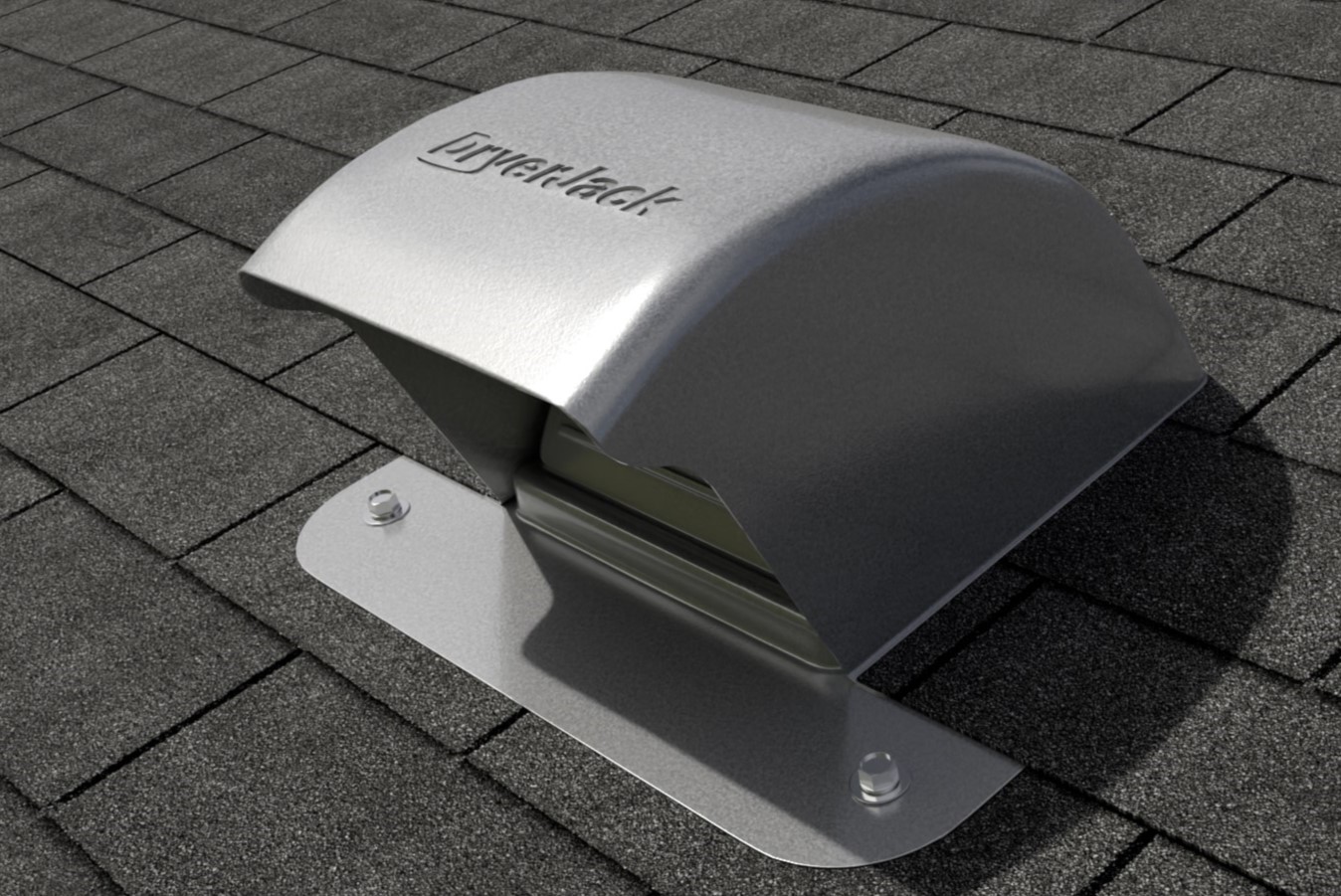



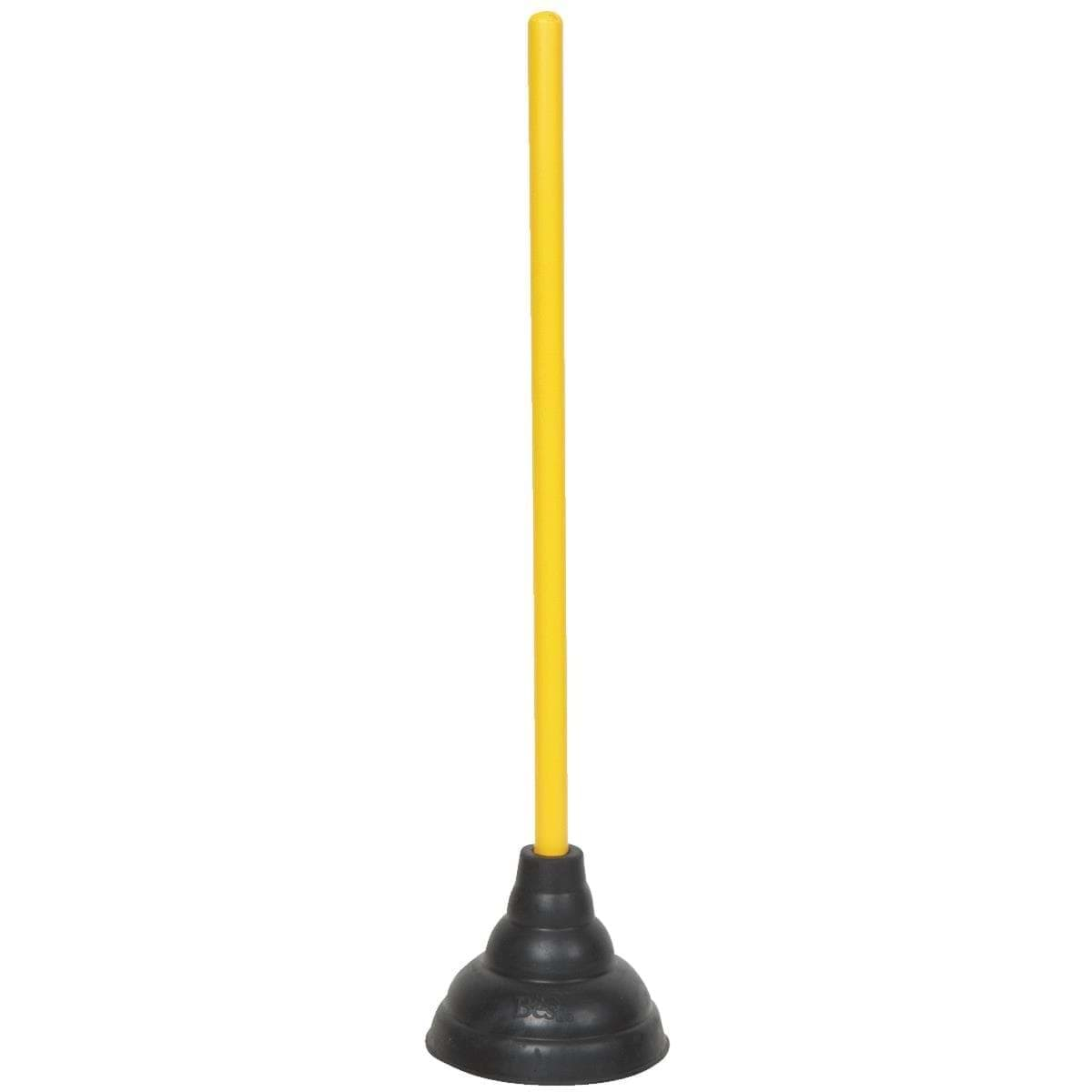

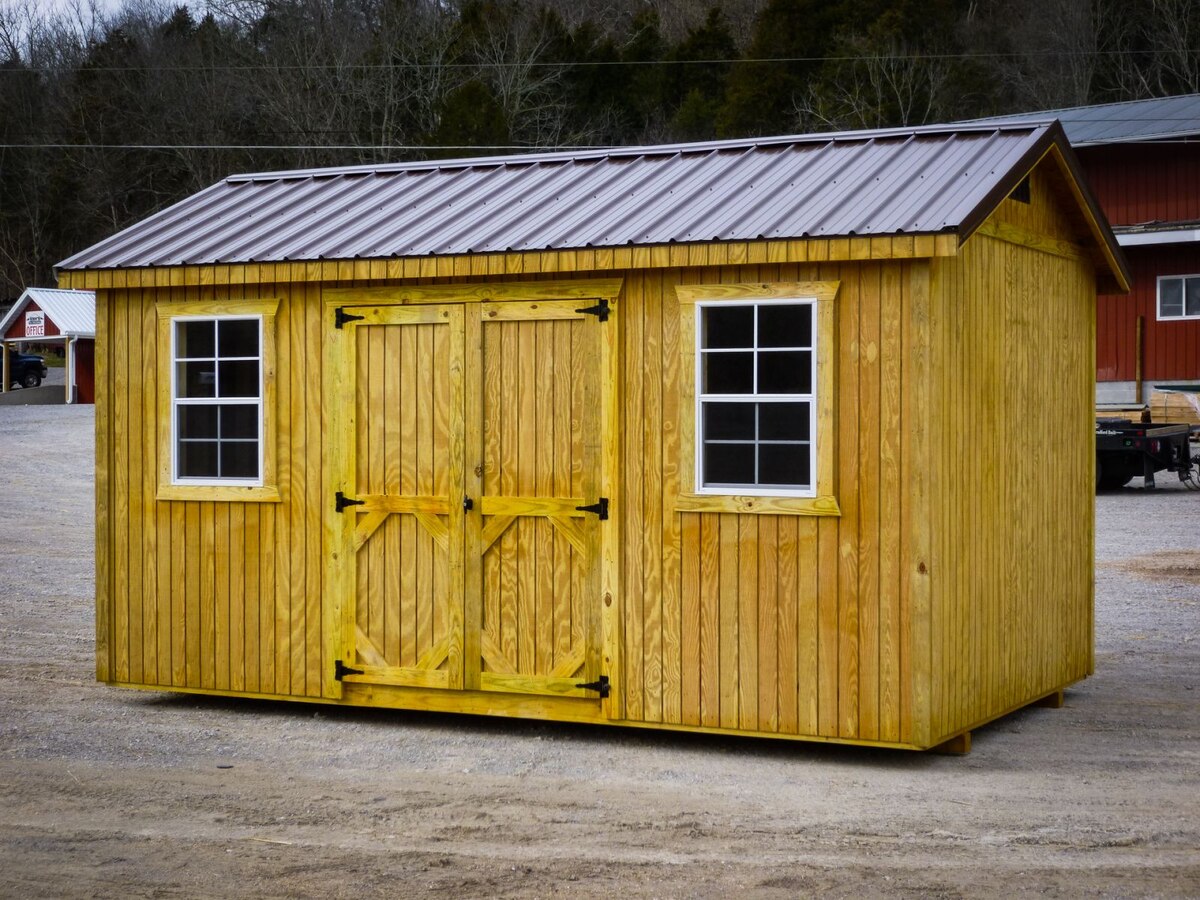
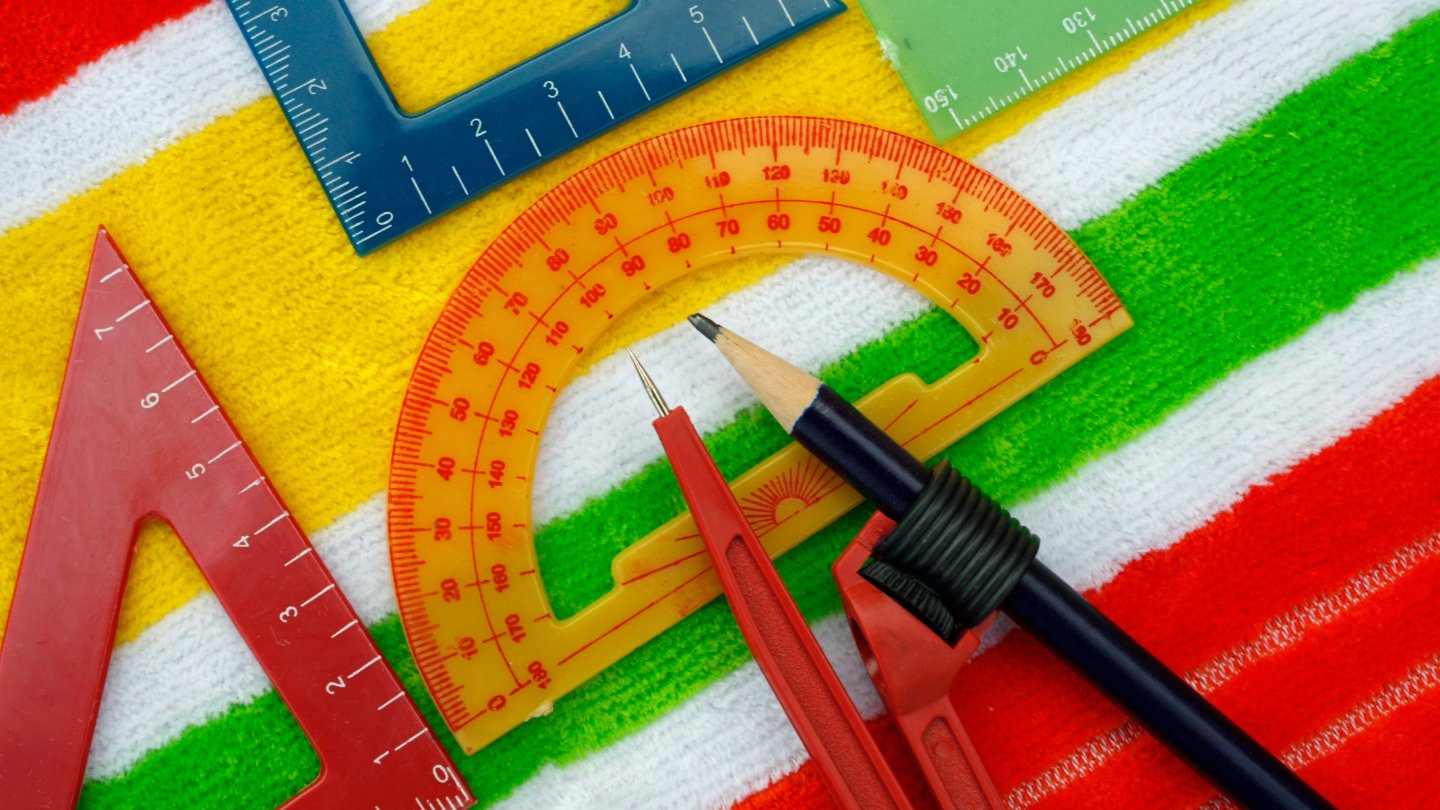
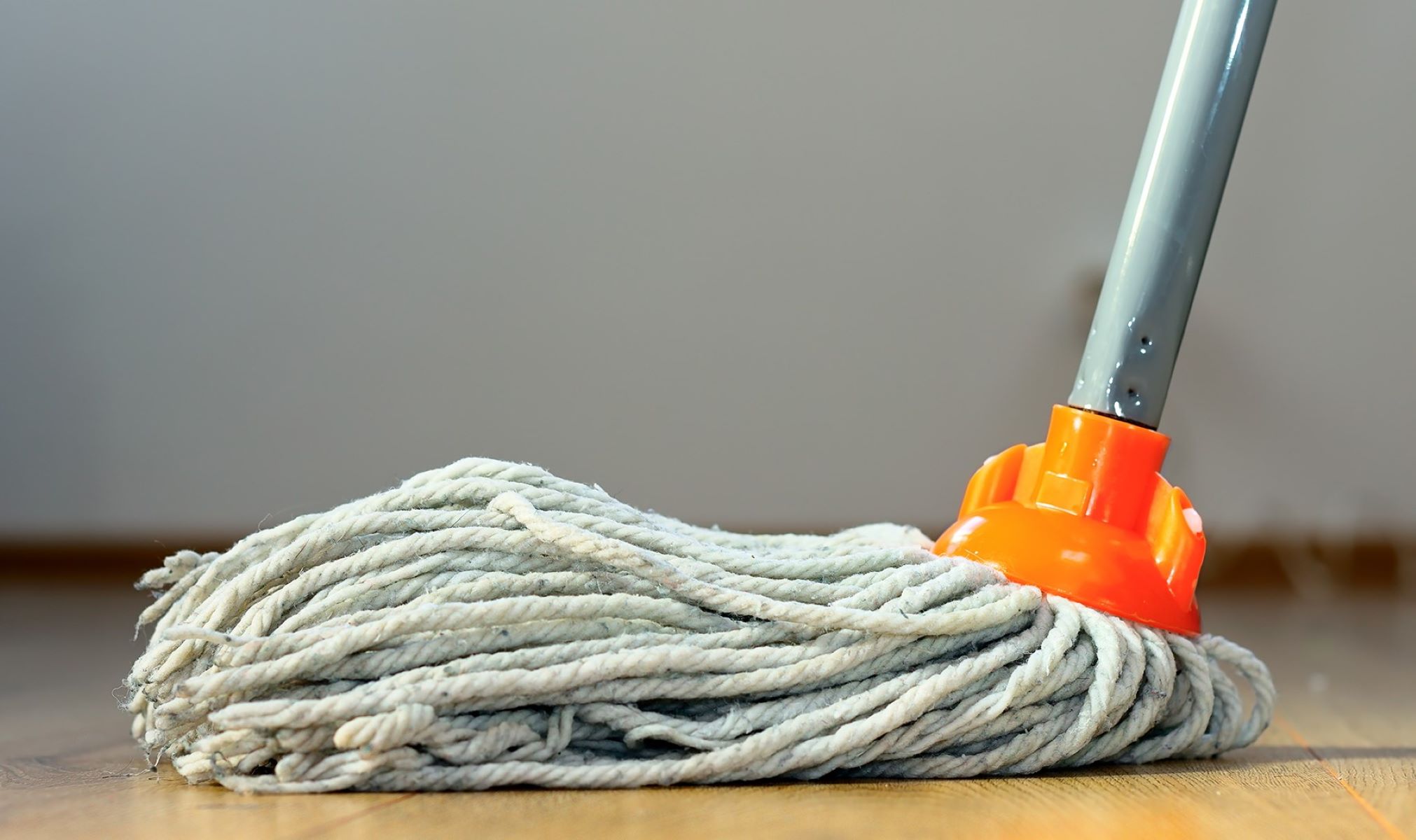
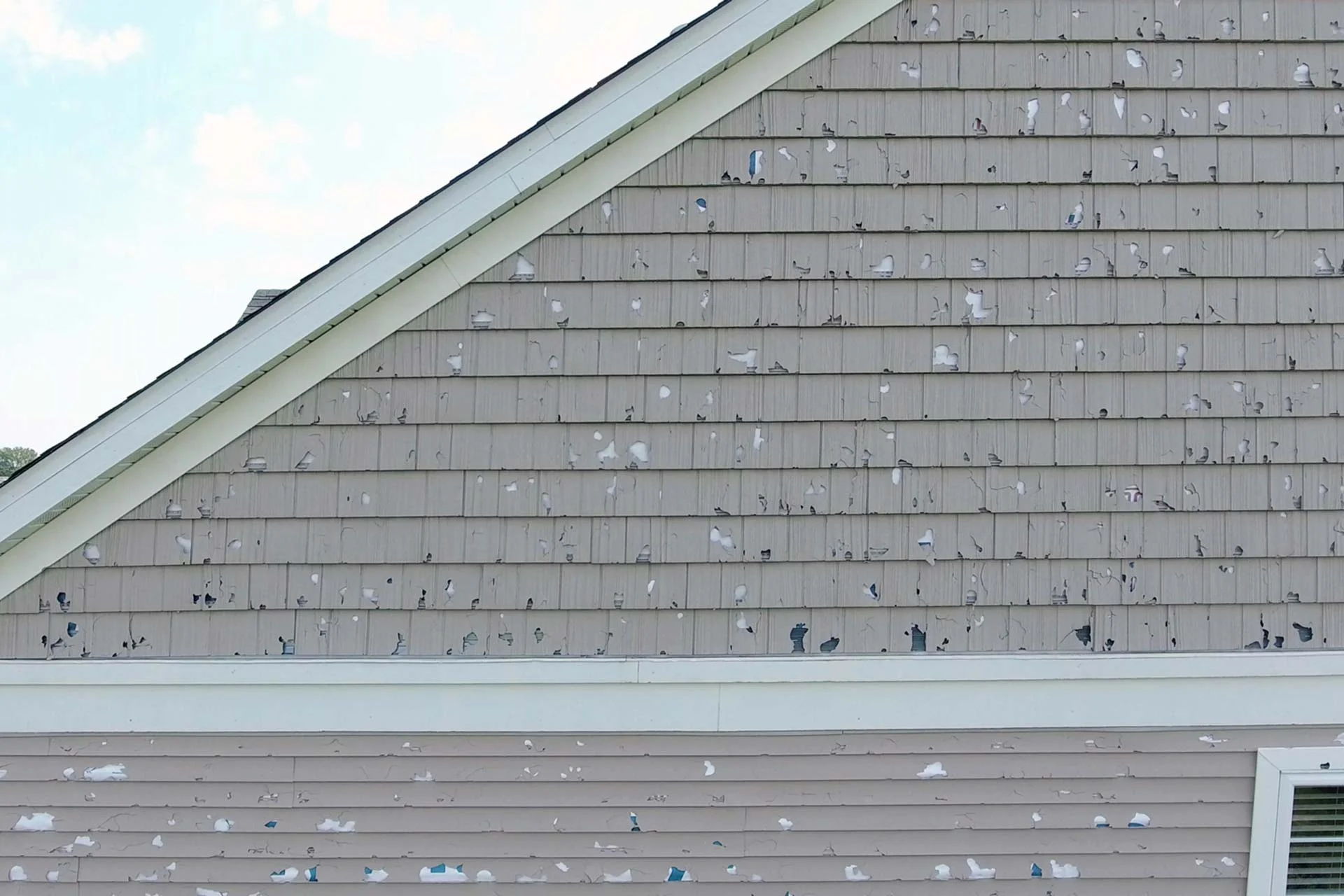





0 thoughts on “What Does Roof Hail Damage Look Like”